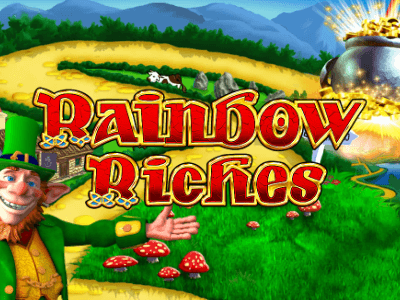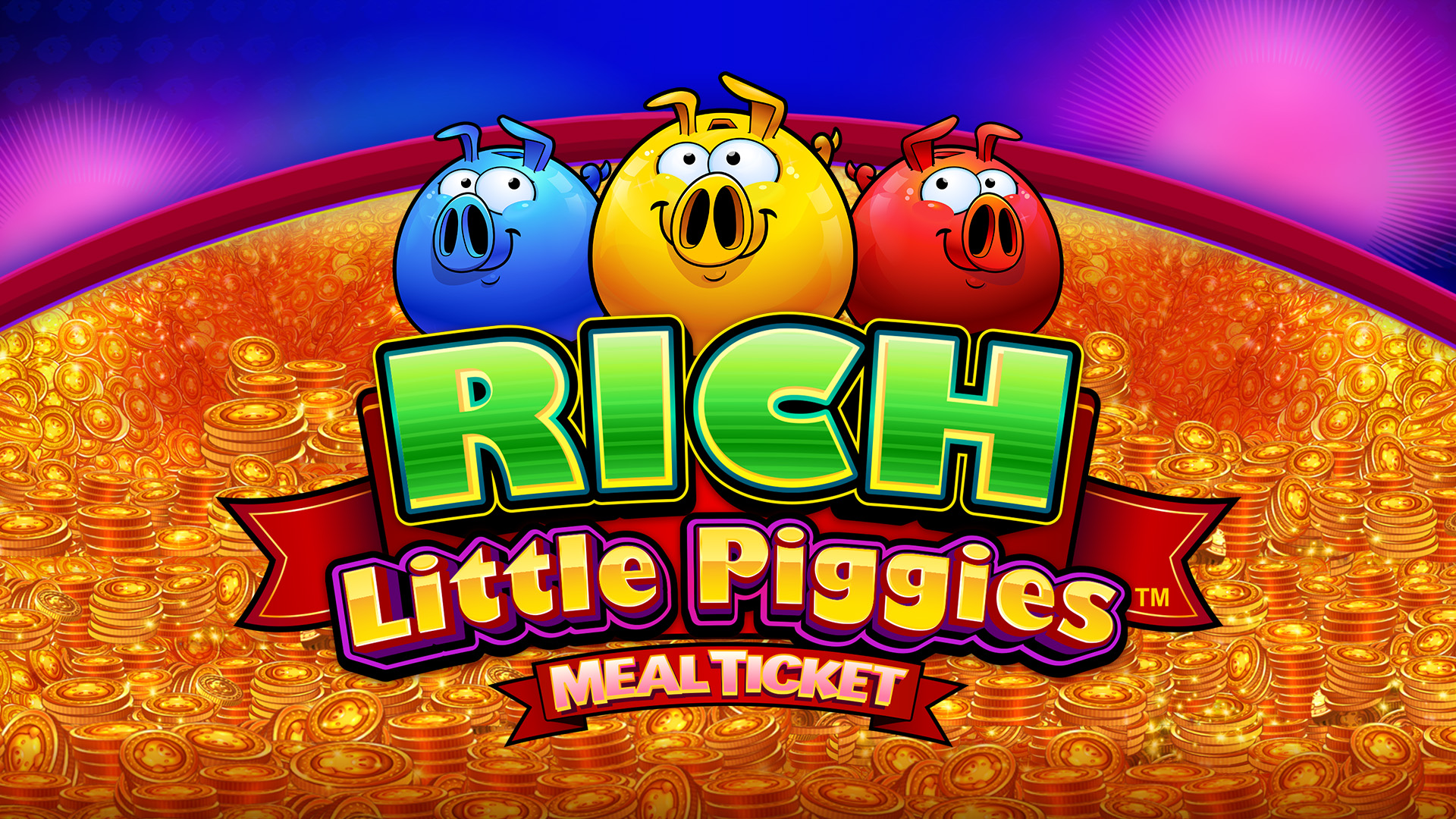Poker hand rankings are the backbone of this thrilling game, determining who walks away victorious in every showdown. Whether you’re bluffing your way through an online tournament on PokerStars or facing friends in a home game, knowing these rankings is your first step to playing with confidence. This guide dives into the world of poker hand rankings with expert clarity, practical tips, and a playful nod to the excitement that makes every deal a pulse-pounding adventure. Let’s lay down the cards and get started BJ88.
Why Poker Hand Rankings Are the Heart of the Game
Poker hand rankings are the universal rules that decide the strength of a player’s hand in most poker variants, like Texas Hold’em, Omaha, and Seven-Card Stud. They’re the foundation of strategy, guiding your bets, bluffs, and folds. From the unbeatable royal flush to the humble high card, these rankings create the drama of poker, where a single card can turn a loser into a legend. In 2024, poker’s global popularity soared, with online platforms like GGPoker hosting millions in tournaments, all hinged on these timeless hierarchies.
The beauty of poker hand rankings lies in their simplicity and depth. They’re easy to learn, making poker accessible to beginners, yet their nuances fuel endless strategic battles among pros. X posts buzz with players celebrating royal flushes or debating kicker strength, reflecting poker’s vibrant community. Mastering hand rankings isn’t just about memorizing a list—it’s about understanding how they shape every decision at the table. Let’s break down the rankings and how to use them.
The Poker Hand Rankings: From Best to Worst
Poker hand rankings are consistent across most variants, based on a standard 52-card deck. Hands are ranked by the probability of forming them—the rarer the hand, the stronger it is. Here’s the complete list, from highest to lowest, with examples for Texas Hold’em (using five cards from player and community cards):
Royal Flush: The ultimate hand—10, J, Q, K, A, all of the same suit (e.g., 10♥, J♥, Q♥, K♥, A♥). Odds: 1 in 649,740. Unbeatable, it’s poker’s holy grail, often shared on X as a once-in-a-lifetime screenshot.
Straight Flush: Five consecutive cards of the same suit (e.g., 5♠, 6♠, 7♠, 8♠, 9♠). Odds: 1 in 72,193. Ties go to the highest card (9-high beats 8-high).
Four of a Kind: Four cards of the same rank (e.g., 7♦, 7♣, 7♥, 7♠, K♠). Odds: 1 in 4,165. Ties break by the fifth card (kicker).
Full House: Three of a kind plus a pair (e.g., 8♣, 8♦, 8♥, 4♠, 4♣). Odds: 1 in 694. Ties go to the higher three of a kind.
Flush: Five cards of the same suit, not consecutive (e.g., 2♥, 5♥, 9♥, J♥, K♥). Odds: 1 in 509. Ties break by highest card, then second-highest, etc.
Straight: Five consecutive cards of mixed suits (e.g., 4♠, 5♥, 6♦, 7♣, 8♠). Odds: 1 in 255. Aces can be high (10-A) or low (A-5). Ties go to the highest card.
Three of a Kind: Three cards of the same rank (e.g., 9♦, 9♠, 9♣, 2♥, Q♠). Odds: 1 in 47. Ties break by kickers.
Two Pair: Two pairs of different ranks (e.g., J♣, J♦, 6♥, 6♠, A♣). Odds: 1 in 21. Ties break by highest pair, then second pair, then kicker.
One Pair: Two cards of the same rank (e.g., K♥, K♠, 3♣, 7♦, 10♠). Odds: 1 in 2.4. Ties break by pair rank, then kickers.
High Card: No other hand, ranked by the highest card (e.g., A♠, 10♣, 7♦, 5♥, 2♠). Odds: 1 in 2. Ties break by second-highest card, etc.
Start by memorizing these rankings—print a chart or use apps like PokerNews’ hand ranking guide. Practice on free platforms like 888poker to test your recall in real scenarios.
Applying Poker Hand Rankings in Strategy
Knowing poker hand rankings is just the start—using them strategically separates winners from dreamers. In Texas Hold’em, you build the best five-card hand from two hole cards and five community cards. Early in a tournament, play tight, sticking to strong starting hands (e.g., AA, KK, AK suited) to avoid weak hands like 7-2 offsuit, which rarely form top rankings. X posts from @PokerStrategy emphasize folding marginal hands to save chips BJ88 Casino.
Position matters—late positions (near the dealer button) let you see opponents’ actions, helping you gauge if your one pair or flush draw is worth pursuing. Bluffing relies on rankings: a weak high card can win if you convince others you hold a full house. In late tournament stages, understand pot odds—e.g., calling a $100 bet into a $300 pot needs a 25% chance of hitting a straight or better. Tools like PokerTracker 4, praised on X, track hand strengths to refine your play.
Bankroll management ties to rankings. In online tournaments, budget 1-2% of your bankroll per buy-in (e.g., $2 for a $100 bankroll) to handle variance, as even strong hands lose to bad beats. Avoid chasing draws to unlikely hands like straight flushes unless odds justify it. Practice on freerolls or low-stakes Sit & Go’s to apply rankings without risk.
Trust and Fairness in Poker Environments
Trust is key when playing poker. Choose licensed platforms like PokerStars or GGPoker, regulated by the Malta Gaming Authority or UK Gambling Commission, with eCOGRA certifications for fair card shuffling. X posts warn of scam sites with rigged decks—stick to vetted names like BetOnline or CoinPoker for crypto play. Physical games need honest players; agree on rules via resources like Pagat.com. Protect online accounts with two-factor authentication and secure payments (Visa, Bitcoin).
Building expertise means mastering rankings in context. Study via CardPlayer’s tutorials or PokerCoaching.com, focusing on how rankings shift with board texture (e.g., paired boards favor full houses). Join forums or follow X accounts like @PokerNews for hand analysis—recent posts dissected a flush vs. straight bluff. Responsible play is vital—X users note tilt risks after bad beats. Set time and budget limits, and contact 1-800-GAMBLER if needed.
The Social and Cultural Buzz of Poker Hand Rankings
Poker hand rankings fuel poker’s drama, from a royal flush screenshot going viral on X to a two pair fold sparking debate. They’re the language of the table, uniting players in home games, Vegas casinos, or WCOOP finals. X buzzes with stories—like a $10,000 pot won with a three of a kind bluff—or tips on kicker strength. Live streams on PokerStars.tv show pros leveraging rankings, while chat boxes on GGPoker hum with banter over flush draws. It’s a global poker party, where every hand tells a tale.
Balance keeps the thrill alive. Rankings can obsess you—chasing a straight flush can blind you to weak odds. Play for the strategy and stories, not just pots. Create a focused setup, as PokerListings suggests, and take breaks to avoid tilt. Whether you’re in a freeroll or a $1,000 MTT, hand rankings make every deal a shot at glory.
Final Thoughts: Know Your Hands, Own the Game
Poker hand rankings are the pulse of poker, turning cards into stories of triumph and cunning. With a firm grasp of these rankings, strategic play, and responsible habits, you’ll navigate any table with swagger. Choose trusted platforms, study hand strengths, and embrace the buzz that makes poker a phenomenon. So, ante up, memorize that royal flush, and let the showdown begin. Here’s to strong hands, bold bluffs, and the unbeatable rush of poker.






